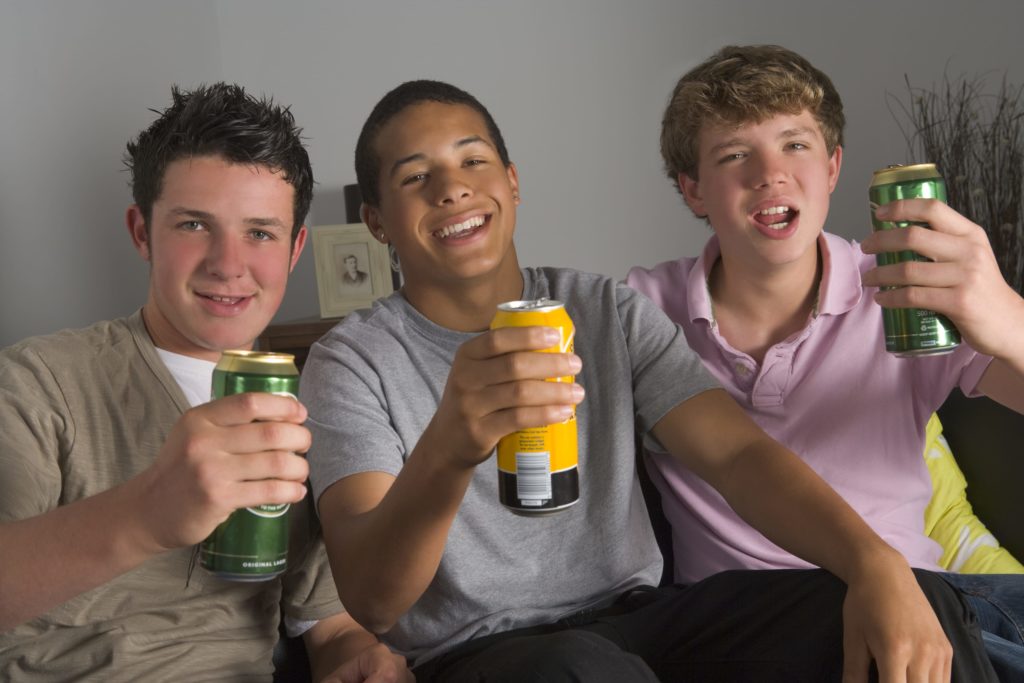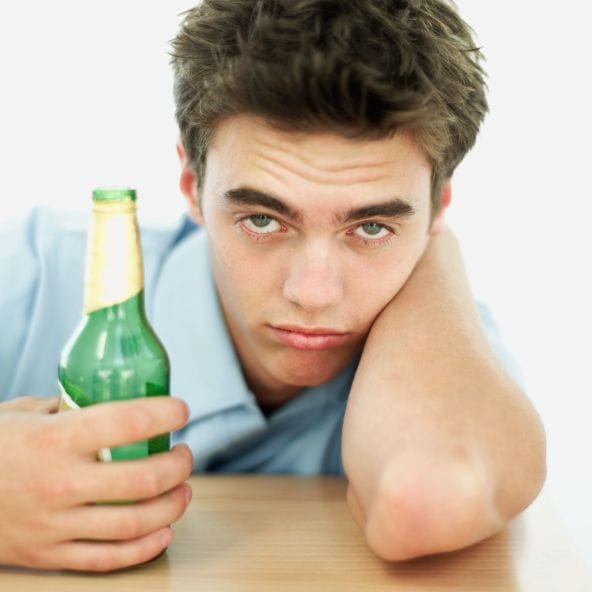Non-alcoholic beer might sound like a godsend — it has the look and smell of beer, and no alcohol equals no worries, right? But is there alcohol in non-alcoholic beer? And, how might that impact a teenager in recovery? First, the facts: most non-alcoholic beer contains some alcohol. In order to be classified as non-alcoholic beer, the level must be 0.5% alcohol by volume (ABV) or lower. Of the dozen or so readily available brands of non-alcoholic beer in the United States, only one (Bitburger) measures a 0.0% ABV. All the other brands contain some alcohol. For most people in recovery from alcoholism, the discussion would end right there. Is there alcohol in non- alcoholic beer? If yes, then it is not the right choice for anyone in recovery. The presence of even tiny amounts of alcohol, even if far less than could produce any intoxicating effects, is a deal-breaker for many people in recovery. From giving up mouthwash to vanilla extract, choosing to go truly alcohol-free is understood as an important part of sobriety. Why?
- The appearance of a beer bottle and label, the scent of the beer, and the feel of the bottle in your hand can all be triggers to cravings. The Alcoholics Anonymous slogan “people, places and things” refers to this phenomenon — it is very risky to remind yourself of drinking by mimicking it, even with a non-alcoholic beverage.
- Studies indicate that for people in recovery, drinking non-alcoholic beer is strongly correlated with relapse.
- It might not be legal. Non-alcoholic beer may not be sold to minors in some states.
For teens in recovery, the temptation to drink non-alcoholic beer for social reasons may be strong. While the risk to sobriety is real, a harm reduction model might suggest that drinking non-alcoholic beer is a better option than drinking alcohol. Although not advised for anyone in recovery, here are some potential benefits to drinking non-alcoholic beer:
- The amount of alcohol in these beverages will not create impairment. This means judgement, decision-making, and reaction time will not be impaired, making driving a car less dangerous than if drinking alcohol.
- Holding a bottle that looks like a real beer may be enough at a quick glance to prevent any awkward conversations with peers about why you’re not drinking. While being honest and open about being in recovery might be a better choice, it’s not always easy or appropriate to discuss.
It might be tough for teens in recovery to discuss this choice with parents or other authority figures, but thinking it through is important. Talk it over with your sponsor, therapist, or someone else you trust and respect. The risk to your recovery is real. Sources https://sobersenorita.com/2014/11/06/should-you-drink-non-alcoholic-beers/ https://gizmodo.com/the-best-non-alcoholic-beer-1305907243 https://www.verywell.com/dangers-of-drinking-non-alcoholic-beer-63665 https://www.japantoday.com/category/lifestyle/view/is-it-safe-for-minors-to-drink-non-alcohol-beer






